This article was co-authored by wikiHow Staff. Our trained team of editors and researchers validate articles for accuracy and comprehensiveness. wikiHow's Content Management Team carefully monitors the work from our editorial staff to ensure that each article is backed by trusted research and meets our high quality standards.
This article has been viewed 137,296 times.
Learn more...
Get your writing noticed by having your own unique handwriting style. Perhaps you want to clean up your writing because it is sloppy or hard to read, or maybe you are looking to develop a unique and memorable writing style. Either way, developing your own writing style takes a lot of practice and creativity. Begin by mastering the basics of penmanship and lettering and then try creating a unique and personalized handwriting style.
Steps
Developing Basic Handwriting Skills
-
1Learn to hold your pen comfortably. In order to develop basic penmanship skills, you should begin by learning how to hold your pen properly. Comfort is obviously the most important element when it comes to holding a pen or pencil, but you should also make sure that you are evenly distributing the pressure. For example, try and balance your pen evenly between your thumb, pointer, and middle finger. This will help you avoid cramping when you write and will give you the most control over your lettering.
- Hold the pen close to the tip for better grip and control.
-
2Experiment with different writing utensils. In order to create a unique and personal penmanship, you should also find a pen or writing utensil that is comfortable to you. Pens can come in a variety of different types, most commonly ballpoint and gel, and you may find that you prefer one over the other. Consider the comfort level of the pen, thickness of the ink, and level of control you have while writing when testing out new pens.[1]Advertisement
-
3Analyze your handwriting. In order to create your own writing style, you will want to start by analyzing your current handwriting and looking for any areas or things that you would like to change. Try copying out a few paragraphs of text from a book or the internet in order to see any patterns in your writing that may emerge. Once you have analyzed the lettering, try writing the same passage again and this time concentrate to correct or change some of the things you didn’t like about the initial writing. Pay specific attention to the following features of your handwriting:[2]
- Spacing
- Slant
- Style
- Height of letters
- Consistent baseline for letters
- Dotting your i’s
Creating a Unique Handwriting Style
-
1Look up fonts and handwriting styles on the internet. Try a simple google image search to find unique ideas. Try searching penmanship styles and see what different types of lettering you can uncover. This is a great way to get ideas and choose a style that fits both your personality and penmanship style.
- Pinterest also has numerous different ideas for writing fonts that you may want to explore while creating a unique handwriting style.
-
2Copy handwriting that you like. Do you have a friend, family member, or colleague whose handwriting you like? Closely examine their handwriting and try to determine exactly what it is that you like about the style. Perhaps you are drawn to the way their letters flow together, or the consistency in size. Once you have discovered what you like about their writing try to incorporate some of their technique into your own penmanship.[3]
- Try tracing their writing. The more you practice the easier it will be to bring some of their writing style into your own handwriting.
-
3Create consistent letters. Regardless of the type of handwriting you have decided on, cursive or print, you should create a set of consistent letters that you like and that look good together. When you write a letter the way you like it- with the appropriate height, curve, and slant- continue to write that letter over and over again and fill up an entire page. This will help you develop consistent lettering that is unique to your own individual style.[4]
- Try writing a full page of upper and lower case letters for each letter in the alphabet.
-
4Find a handwriting style that matches your personality. Many people believe that you can learn a lot about a person from studying their handwriting. Think about the type of person you are and try and come up with ways to make your personality shine through in your unique handwriting style. For example, if you are considered tough you may want to develop bold and angular lettering. Similarly, if you are an organized and tidy person, allow that to be reflected in your handwriting by creating crisp, neat, and uniform letters.
Practicing Your Handwriting
-
1Use your handwriting on a daily basis. In today’s vastly digital world, many people can go days at a time without using their own handwriting. If you want to develop your own handwriting style, it is important that you practice handwriting daily. Although this may seem like a boring chore, there are ways to make writing fun:[5]
- Start a daily handwritten journal.
- Write letters to your friends and family. Who wouldn’t love to receive a handwritten note?
- Write your name and practice your signature.
-
2Slow down your handwriting. While you are in the process of learning new handwriting skills, it is important to concentrate and write slowly. Writing neatly takes a lot of control, so you should not rush your writing while you are trying to change or create a new handwriting style.[6]
-
3Ask someone to read your handwriting. Once you have successfully developed a personal handwriting style, write a paragraph and ask a family member or friend to read it. If they can read the paragraph without any difficulty, congratulations, you've made your own personal handwriting script! If they have trouble, either practice more, or try to clean up the script. It is important to make sure that your handwriting is legible and easy to read.
Community Q&A
-
QuestionHow long would it take on average to develop your own handwriting style?
 Community AnswerIt is difficult to measure this in a specific period of time because it really depends on how often you are practicing. For the quickest results make sure that you use your handwriting daily and try to write as much as possible.
Community AnswerIt is difficult to measure this in a specific period of time because it really depends on how often you are practicing. For the quickest results make sure that you use your handwriting daily and try to write as much as possible. -
QuestionWhat do I do if I've always wanted to change my handwriting?
 Community AnswerTry one style of handwriting for a certain amount of time, then if you find yourself wanting to change it, compare it with your 1st new handwriting style to see which one is better. If you like your old one better, stick with it. If not, try the new style for the same amount of time as you did the 1st. Repeat as necessary.
Community AnswerTry one style of handwriting for a certain amount of time, then if you find yourself wanting to change it, compare it with your 1st new handwriting style to see which one is better. If you like your old one better, stick with it. If not, try the new style for the same amount of time as you did the 1st. Repeat as necessary. -
QuestionShould get a Parker pen or just a cheap pen?
 Community AnswerYou should get a cheap pen or one that suits your handwriting style. Pens are easy to lose so an expensive one doesn't seem worth it.
Community AnswerYou should get a cheap pen or one that suits your handwriting style. Pens are easy to lose so an expensive one doesn't seem worth it.
References
- ↑ https://www.umassd.edu/dss/resources/faculty-staff/how-to-teach-and-accommodate/how-to-accommodate-different-learning-styles/
- ↑ https://blog.hocking.edu/how-to-study-your-handwriting-and-what-it-means
- ↑ https://www.readingrockets.org/article/importance-teaching-handwriting
- ↑ https://www.psychologytoday.com/us/blog/the-athletes-way/202010/why-cursive-handwriting-is-good-your-brain
- ↑ https://raisingchildren.net.au/toddlers/play-learning/learning-ideas/handwriting
- ↑ https://learningcenter.unc.edu/tips-and-tools/taking-breaks/
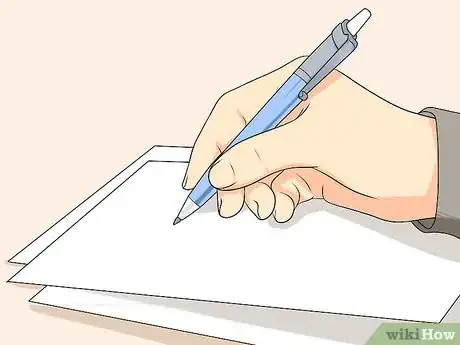
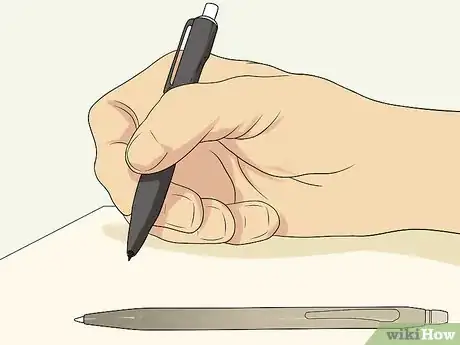
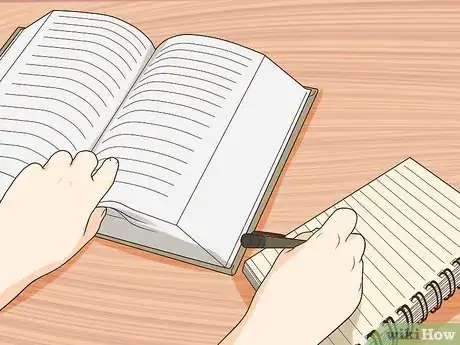
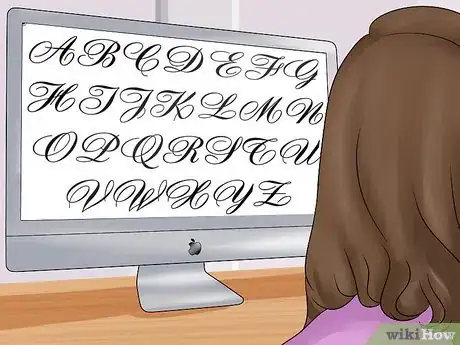
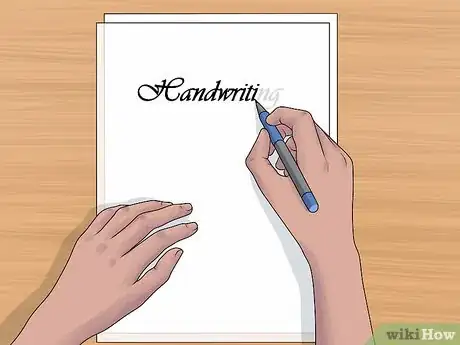

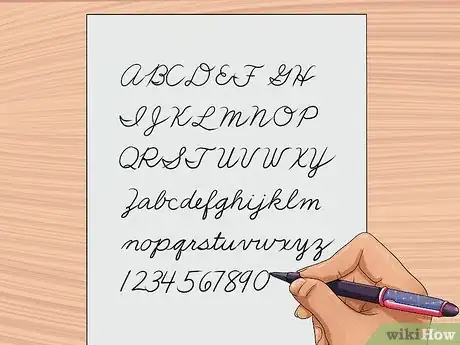
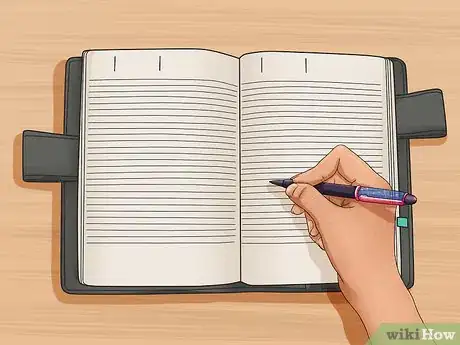
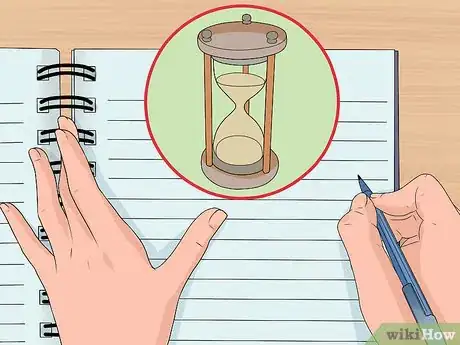

-Step-11-Version-3.webp)

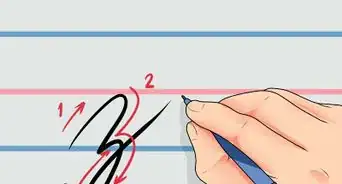
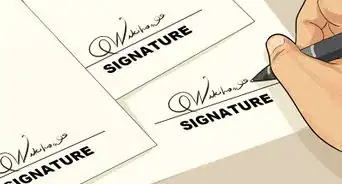
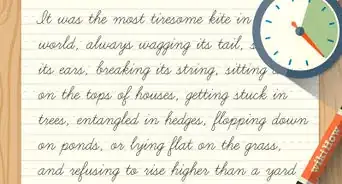




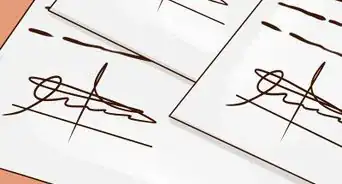













-Step-11-Version-3.webp)




































